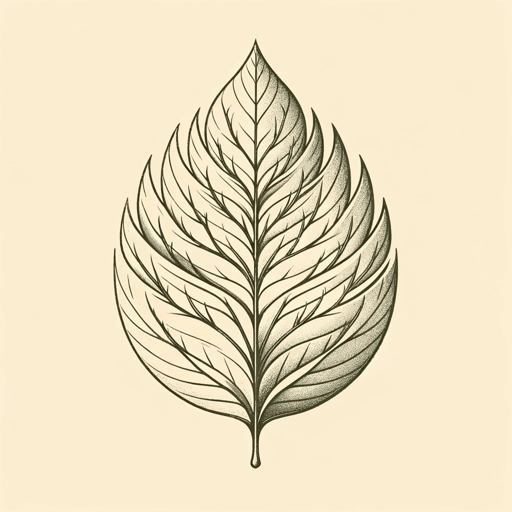44 pages • 1 hour read
Katherine MayWintering: The Power of Rest and Retreat in Difficult Times
Nonfiction | Autobiography / Memoir | Adult | Published in 2020A modern alternative to SparkNotes and CliffsNotes, SuperSummary offers high-quality Study Guides with detailed chapter summaries and analysis of major themes, characters, and more.
Summary and Study Guide
Overview
Wintering: The Power of Rest and Retreat in Difficult Times (2020) is the second memoir by British author Katherine May and a New York Times bestseller. May’s text addresses literal and metaphorical winters—both the severe boreal time of the year and the fallow or chaotic periods in life. Her treatise on learning to love and gaining deep insight from winter was personal and yet resonated with readers on both sides of the Atlantic Ocean.
In May’s native Britain, Wintering was published in February 2020, before the global coronavirus pandemic forced most Europeans into lockdown. Guardian reviewer Kate Kellaway calls the book “a reading cure,” adding that she found May’s writing style so poetic and persuasive that she “could protectively convince us of anything” (Kellaway, Kate. “Wintering review-learning to love the cold.” The Guardian. 4 Feb. 2020).
While the book’s message was hopeful and uplifting in relatively ordinary times, it gained added appeal by the time of the US publication in Fall 2020, when the universal wintering of the pandemic turned life upside down. Sarah Lyall’s New York Times review of December 22, 2020 accounts for this, stating that May’s “writing about the healing powers of the natural world is wonderful” and that “it is comforting to read ‘Wintering’ in the midst of the pandemic, especially on the eve of what looks to be a dark and terrible winter that may—with luck—presage better times” (Lyall, Sarah. “‘Wintering’ Offers Hopeful Perspective on Embracing Difficult Times.” New York Times. 22 Dec. 2020).
May continues to discuss about the themes of her book through her podcast The Wintering Sessions, in which she hosts renowned guests, including bestselling author Cheryl Strayed.
This guide uses the Penguin Random House Kindle Edition, published in 2020.
Summary
May describes Wintering as a “fallow period” when we are afflicted with bad luck, rejection, and isolation (9). While such periods are associated with the lean season of winter, they can happen at any time of year. For example, May describes how she was hit with a bout of wintering in the middle of a warm “Indian Summer” in autumn, where on the joyous occasion of her 40th birthday, her husband H. had to be rushed off to the hospital with acute appendicitis. Her husband’s illness and convalescence coincided with a period when an overwhelmed May was prescribed sick-leave for her stomach issues and eventually quit her job as a creative writing tutor at a university.
The beginning of this wintering coincides with the season of autumn, a time of harvest abundance but also preparation for a colder, more meager season. In autumn, May explores how festivals like Halloween have lost their original connection to the world of the dead, and how this is a symptom of contemporary Western society’s desire to banish the moribund. As May grows disenchanted with her own culture’s failure to address the dark times of life, she becomes fascinated with how Nordic cultures face winter and make elaborate preparations, by stocking up on resources, lighting their homes, and spending time in saunas. While May tries to adopt some of these practices, she finds that she cannot automatically apply them to her life and that they may be a distraction from the winter inside her.
As autumn turns to winter, May looks towards congregational experiences such as the Sankta Lucia mass at the Swedish church in London and the Druid ritual to mark the winter solstice at Stonehenge. While she is a tourist to both of these events, she finds great value in the communal aspect of witnessing winter and each other’s needs to endure it. This also applies to her ventures into winter sea-swimming, where she finds that she can enjoy the worst of the cold in the presence of others.
As the year turns again towards springtime, May emphasizes the importance of viewing life as a series of seasonal cycles. Rather than adopt the common chronological narrative of continuous progress, it is saner to accept that winters and the springs that succeed them will be recurring patterns in one’s life. She ends by reminding readers to share the wisdom of their winters with others, rather than shamefully try to banish them from memory.

